UPDATE [June 17, 2014]
Since the completion of this article, information has emerged on the central role played by the Sunni Tribes and sections of the former Baathist movement (including the military) in the “liberation” of Mosul and other cities. The control of Mosul is in the hands of several Sunni opposition groups.
While these forces — which constitute an important component of the resistance movement directed against the al-Maliki government– are firmly opposed to ISIS, a de facto “relationship” has nonetheless emerged between the ISIS and the Sunni resistance movement.
The fact that the US is firmly behind ISIS does not seem to be a matter of concern to the Tribal Council:
Sheikh Zaydan al Jabiri, leader of the political wing of the
Tribal Revolutionary Council, told Sky News his organisation viewed ISIS as dangerous terrorists, and that it was capable of taking them on.
“Even this blessed revolution that has taken place in Mosul, there may be jihadist movements involved in it, but the revolution represents all the Iraqi people –
it has been brought about by the Sunni tribes, and some baathist elements, it certainly does not belong to ISIS,” he said.
But Mr Jabiri, [based in Amman]… also made a clear threat that
without Western help, the tribes and ISIS may be forced to combine efforts targeting their shared enemy – the Shia-dominated Iraqi government. (Sky News, emphasis added)
An exiled leader of the Iraqi resistance movement calling for “Western help” from the aggressor nation? From the above statement, one has the distinct impression that the Tribal Revolutionary Council has been co-opted and/or infiltrated.
Moreover, in a bitter irony, within sectors of the Sunni resistance movement, US-NATO which supports both the Al Maliki government and the ISIS terrorists– is no longer considered the main aggressor nation.
The Sunni resistance movement broadly considers Iran, which is providing military assistance to the al-Maliki government as well as special forces- as the aggressor alongside the US.
In turn, it would appear that Washington is creating conditions for sucking Iran more deeply into the conflict, under the pretext of joining hands in fighting ISIS terrorism. During talks in Vienna on June 16, US and Iranian officials agreed “to work together to halt ISIS’s momentum—though with no military coordination, the White House stressed”.(WSJ, June 16, 2014)
In chorus The US media applauds: “
The US and Iran have a mutual interest in stemming the advance of the Islamic State of Iraq and the Levant (ISIS)” (Christian Science Monitor, June 13 2014). An absurd proposition knowing that the ISIS is a creature of US intelligence, financed by the Western military alliance, with Western special forces in its ranks. Tehran is also using the ISIS pretext as an “opportunity” to intervene in Iraq: Iran’s intelligence is fully aware that ISIS is a terrorist proxy controlled by the CIA.
Concluding Remarks
There were no Al Qaeda rebels in Iraq prior to the 2003 invasion. Moreover, Al Qaeda was non-existent in Syria until the outset of the US-NATO-Israeli supported insurgency in March 2011.
The ISIS is not an independent entity. It is a creation of US intelligence. It is a US intelligence asset, an instrument of non-conventional warfare.
The ultimate objective of this ongoing US-NATO engineered conflict opposing the al-Maliki government forces to the ISIS insurgency is to destroy and destabilize Iraq as a Nation State. It is part of an intelligence operation, an engineered process of transforming countries into territories. The break up of Iraq along sectarian lines is a longstanding policy of the US and its allies.
The ISIS is a caliphate project of creating a Sunni Islamist state. It is not a project of the Sunni population of Iraq which historically has been committed to a secular system of government. The caliphate project is a US design. The advances of ISIS forces is intended to garnish broad support within the Sunni population directed against the al-Maliki government
Through its covert support of the Islamic State of Iraq and al-Sham, Washington is overseeing the demise of own proxy regime in Baghdad. The issue, however, is not “regime change”, nor is the “replacement” of the al-Maliki regime contemplated.
The division of Iraq along sectarian-ethnic lines has been on the drawing board of the Pentagon for more than 10 years.
What is envisaged by Washington is the outright suppression of the Baghdad regime and the institutions of the central government, leading to a process of political fracturing and the elimination of Iraq as a country.
This process of political fracturing in Iraq along sectarian lines will inevitably have an impact on Syria, where the US-NATO sponsored terrorists have in large part been defeated.
Destabilization and political fragmentation in Syria is also contemplated: Washington’s intent is no longer to pursue the narrow objective of “regime change” in Damascus. What is contemplated is the break up of both Iraq and Syria along sectarian-ethnic lines.
The formation of the caliphate may be the first step towards a broader conflict in the Middle East, bearing in mind that Iran is supportive of the al-Maliki government and the US ploy may indeed be to encourage the intervention of Iran.
The proposed re-division of both Iraq and Syria is broadly modeled on that of the Federation of Yugoslavia which was split up into seven “independent states” (Serbia, Croatia, Bosnia-Herzegovina, Macedonia (FYRM), Slovenia, Montenegro, Kosovo).
According to Mahdi Darius Nazemroaya, the re division of Iraq into three separate states is part of a broader process of redrawing the Map of the Middle East.
The above map was prepared by Lieutenant-Colonel Ralph Peters. It was published in the Armed Forces Journal in June 2006, Peters is a retired colonel of the U.S. National War Academy. (Map Copyright Lieutenant-Colonel Ralph Peters 2006).
Although the map does not officially reflect Pentagon doctrine, it has been used in a training program at NATO’s Defense College for senior military officers”. (See
Plans for Redrawing the Middle East: The Project for a “New Middle East” By Mahdi Darius Nazemroaya, Global Research, November 2006)


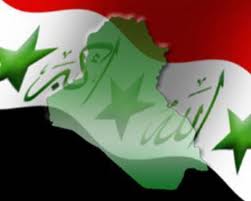
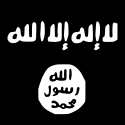

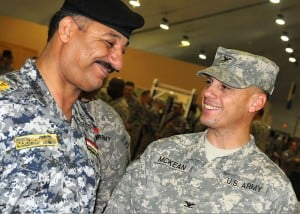
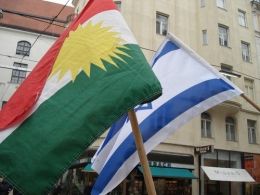
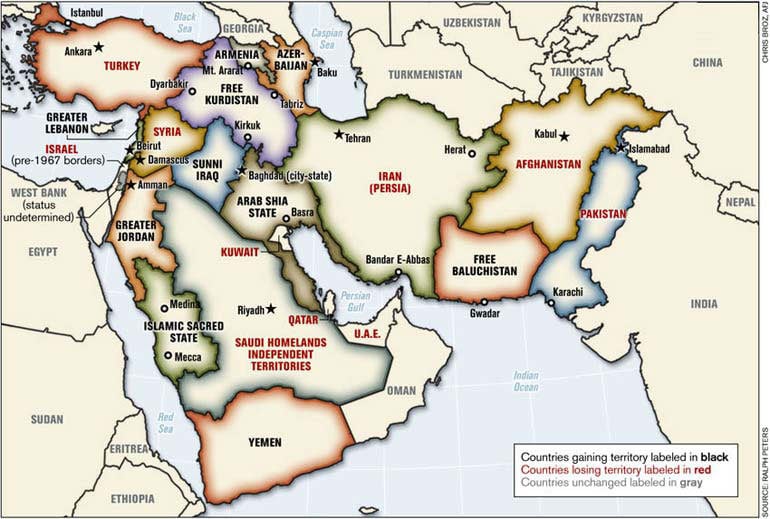
 that new humveee ISIS got looks pretty familiar
that new humveee ISIS got looks pretty familiar





